As food lovers, Guangdong residents usually prepare some dishes and snacks to celebrate each festival. During the Chinese New Year, the most important festival in China, what cuisine will Cantonese prepare? Read on and check it out!
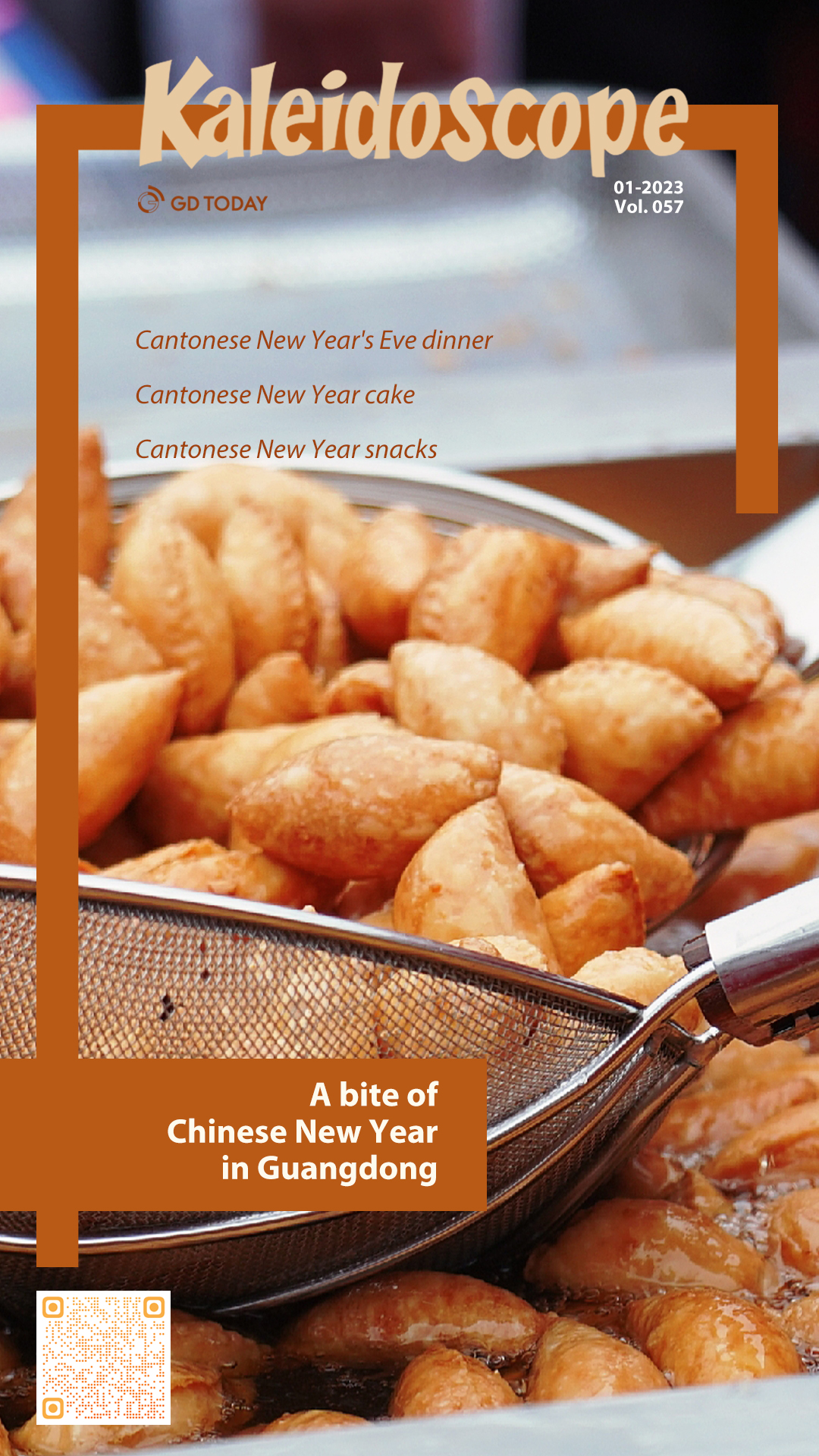
Cantonese New Year's Eve dinner
White cut chicken (白切鸡)
As the saying goes, "No chicken, no feast". As a classic dish of Cantonese cuisine, the white cut chicken, with brisk skin as well as tender and flavorful meat, is a usual protagonist of the Cantonese New Year's Eve dinner. To make this dish, the chicken needs to be simmered and then submerged in icy water, in a bid to ensure the tenderness of the meat. It is not heavily seasoned and tastes fresh.
In some places, this dish means "a sound amazes the world" and "auspiciousness", because "chicken (鸡)" sounds like " auspiciousness (吉)" in Chinese.
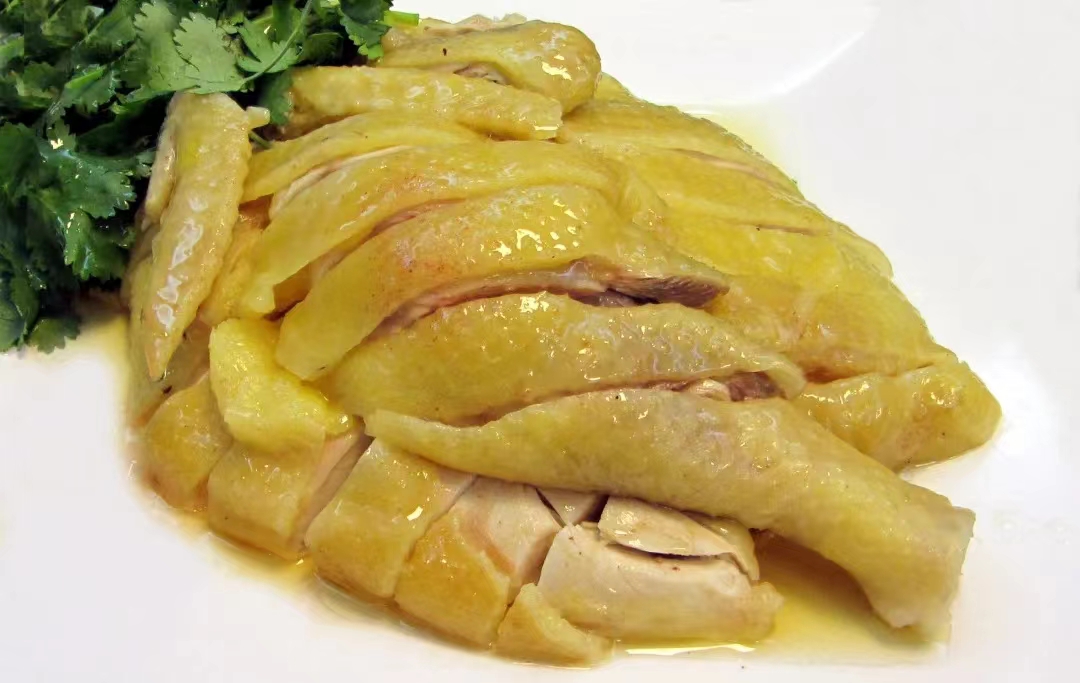
(Photo: People's Government of Anpu town)
Poon Choi (盆菜)
Many people in the Pearl River Delta will eat a traditional Cantonese dish called poon choi for the reunion dinner. It is filled with layers of various ingredients, including chicken, abalone, prawns, scallops mushrooms, and more good stuff, which is usually put in a large bowl and eaten layer by layer. People use to put ten kinds of ingredients together in poon choi, meaning "perfect" and "full of fortune", to make a good start for the New Year.
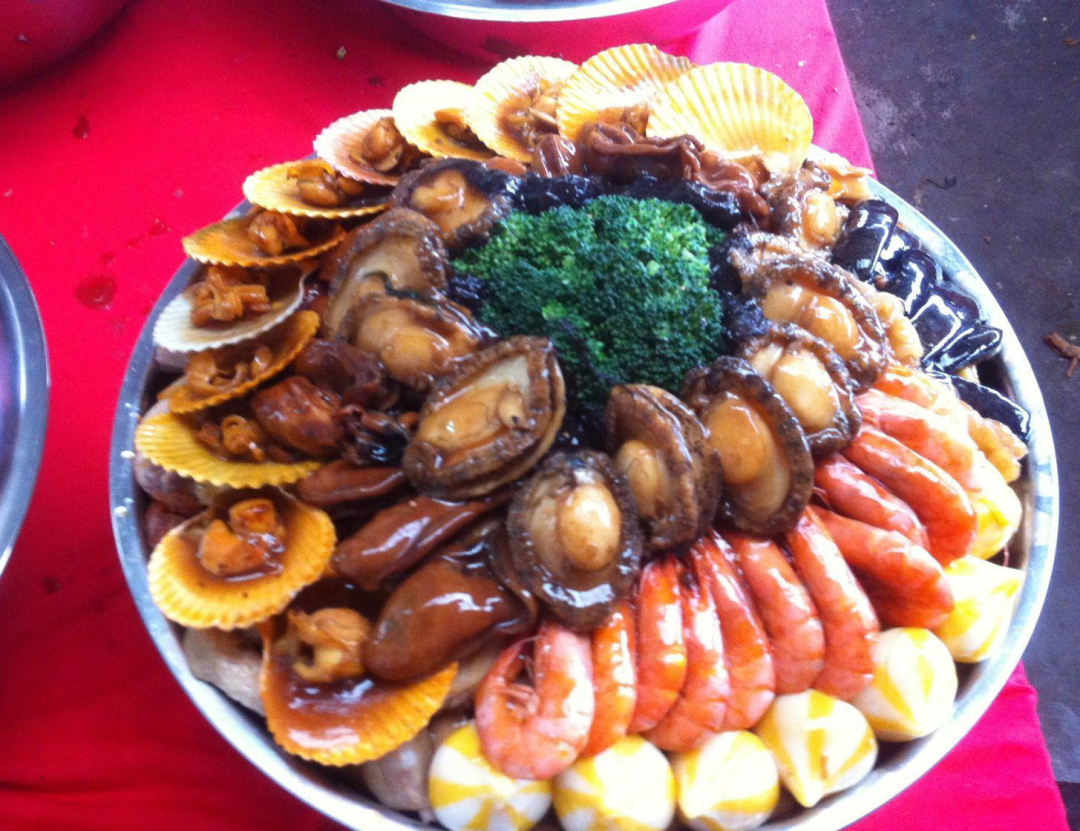
(Photo: People's Government of Pingshan District)
Cantonese New Year cake
Sweet kueh (甜粿)
Kueh refers to the bite-sized snack or dessert food typically made from rice flour. Sweet kueh is a special New Year cake in the Chaoshan region of eastern Guangdong province. It is soft and sweet after being steamed, and when fried with egg wash, it becomes crispy outside and tender inside.
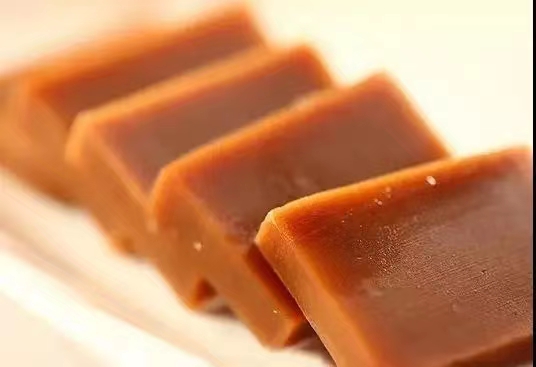
(Photo: Local Chronicle Office of People's Government of Haifeng county)
There is an old saying in the Chaoshan region that "sweet kueh is delicious and hard to make", so sweet kueh can be seen as a reward for the year's hard work. Furthermore, this dessert is often round in shape and has a sweet taste, signifying reunion and sweetness for the coming year.
Yellow rice cake (黄粄)
The yellow rice cake is one of the favorite desserts of the Hakka people. In Pingyuan county and Xingning county-level city in the city of Meizhou, during the Chinese New Year, almost every household makes such cakes to entertain friends and relatives and to present to guests.
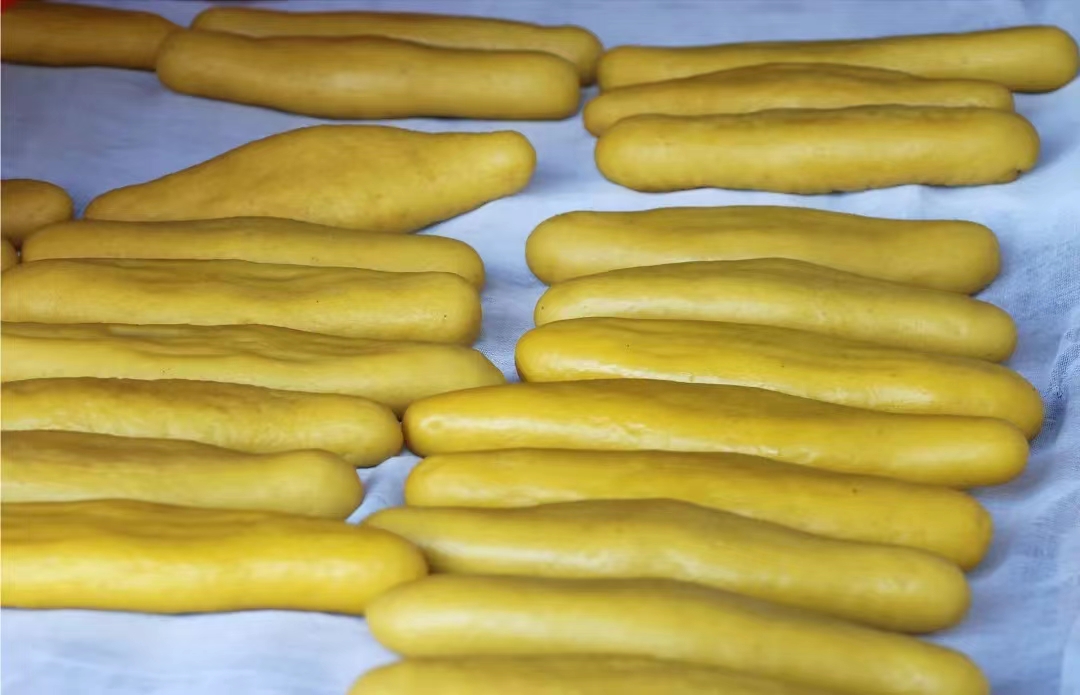
(Photo: Li Kai)
The authentic yellow rice cake, made from He rice (a kind of unique local rice) and the liquid made from wild yellow gardenia twigs, needs to be repeatedly steamed and pounded. It tastes smooth and fragrant. Locals like to fry it until golden brown and then sprinkle it with sugar or stir-fry it with shredded pork, mushrooms and asparagus.
Niulan glutinous rice cake (牛栏糍)
People in Kaiping, a county-level city in Jiangmen like Niulan glutinous rice cake. "Niu (牛)" means cow. In ancient times, it was the time of spring plowing after the Chinese New Year; therefore, it's said that locals express their wishes for a fruitful harvest and good health in the New Year by eating such rice cake.
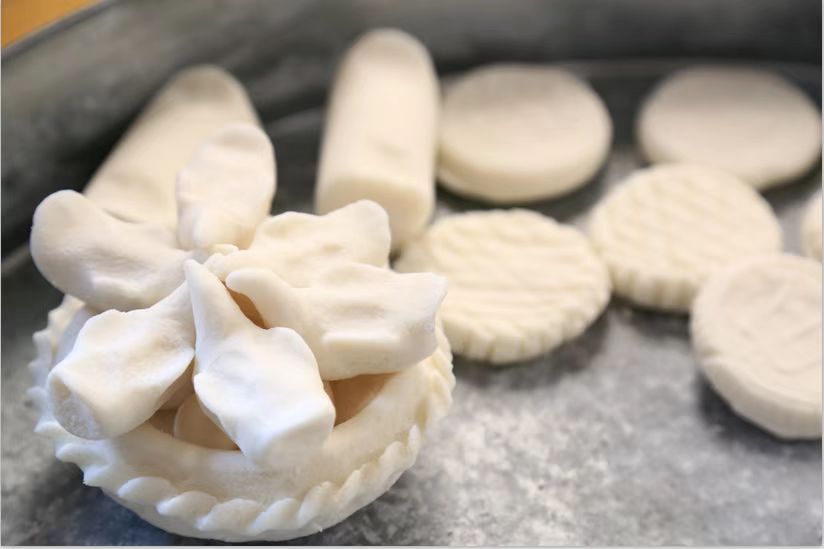
(Photo: Guan Wanquan)
Made of glutinous rice flour, Niulan glutinous rice cake is white and crystalline with a rich fragrance. You can dip the cake in soy sauce and eat it, cut it into slices and stir-fry it with preserved meat and parsley, or cut it into pellets for a sweet soup.
Cantonese New Year snacks
Jian Dui (煎堆)
Originating in the Tang Dynasty, Jian Dui (deep-fried sesame ball) is a popular fried snack in Guangdong. Cantonese endow Jian Dui with an auspicious meaning, as its ingredients including oil, sugar, fried glutinous rice, and sesame seeds signify prosperity, sweetness and fortune.
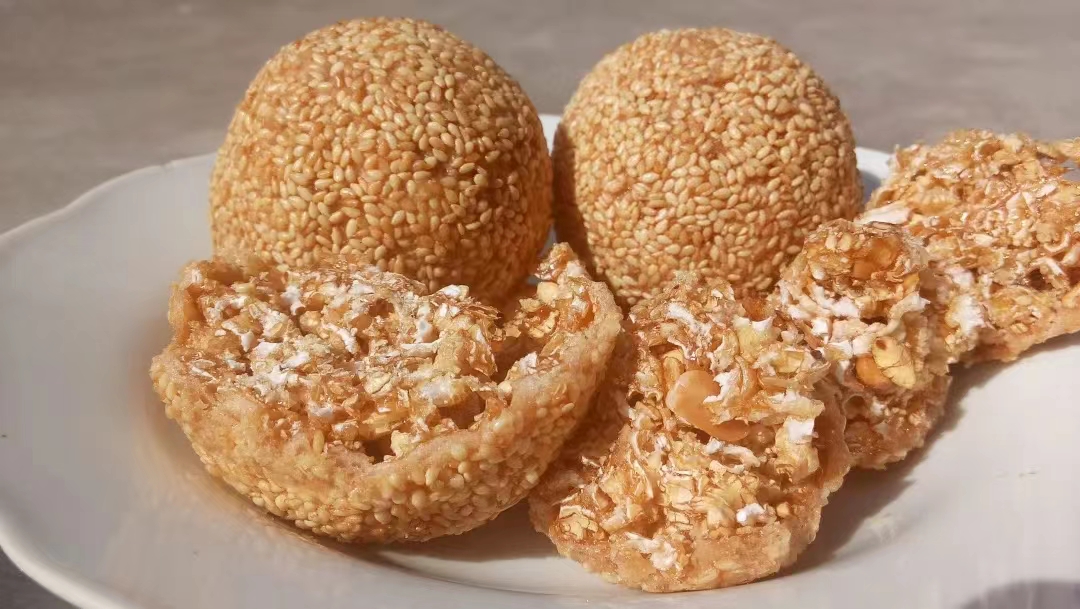
(Photo: People's Government of Longjiang town)
Rice cookie (米饼)
In Longmen county in the city of Huizhou, it is a custom for families to make rice cookies together before New Year's Eve. Rice, peanuts, salt, and sugar are molded into a round shape, symbolizing a family reunion. This kind of snack is popular across the province, with slight differences in taste.
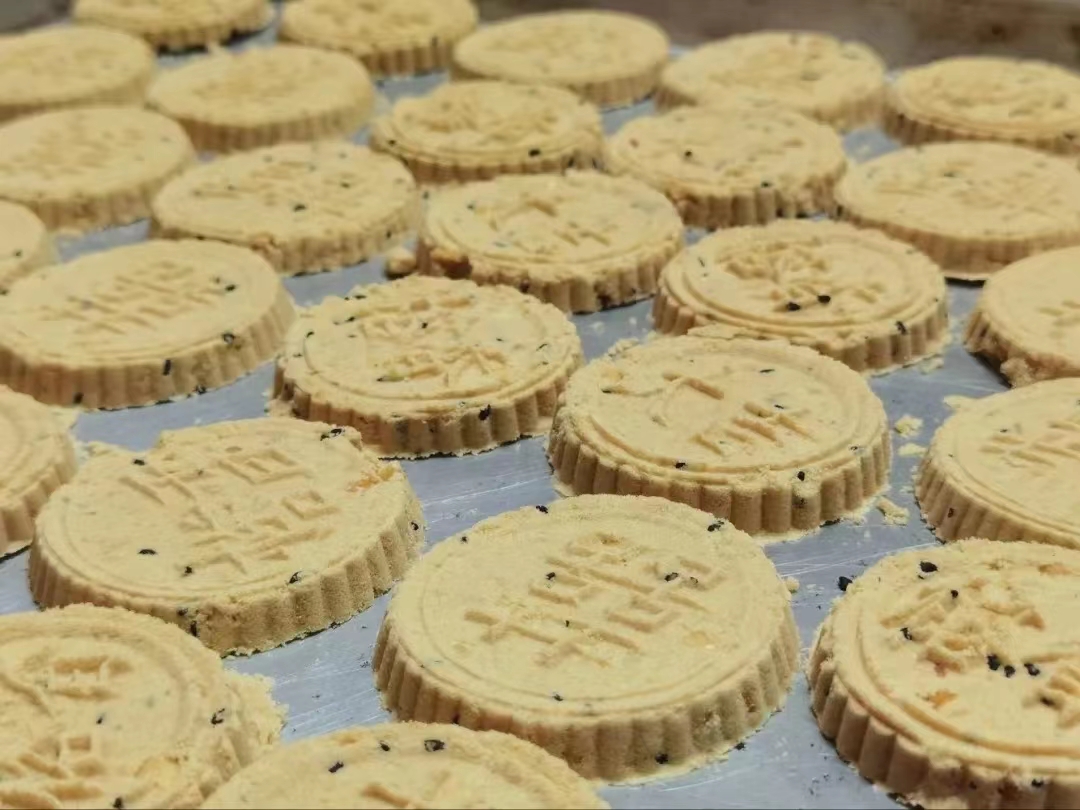
(Photo: Official Wechat account of Multi-Media Center of Huizhou's Boluo county)
Quan He (全盒)
People in Guangdong usually prepare a delicate and festive candy box called Quan He. Different candy snacks will be put into the box, including sugared lotus root, sugared white gourd, peanuts, melon seeds, as well as tangerines. Each snack has an auspicious meaning including great fortune, good health, and a happy life.
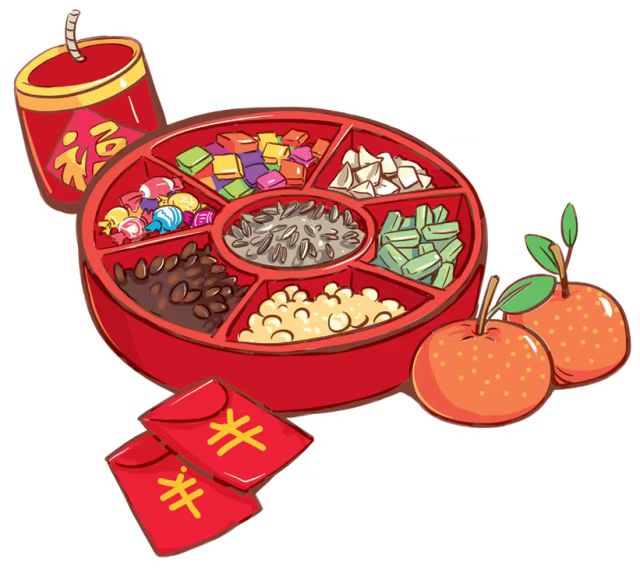
(Photo: Nanfang Daily)
Author: Holly, Crystal (intern)
Poster: Alice
Editor: Wing, Steven, Monica, Jerry
















